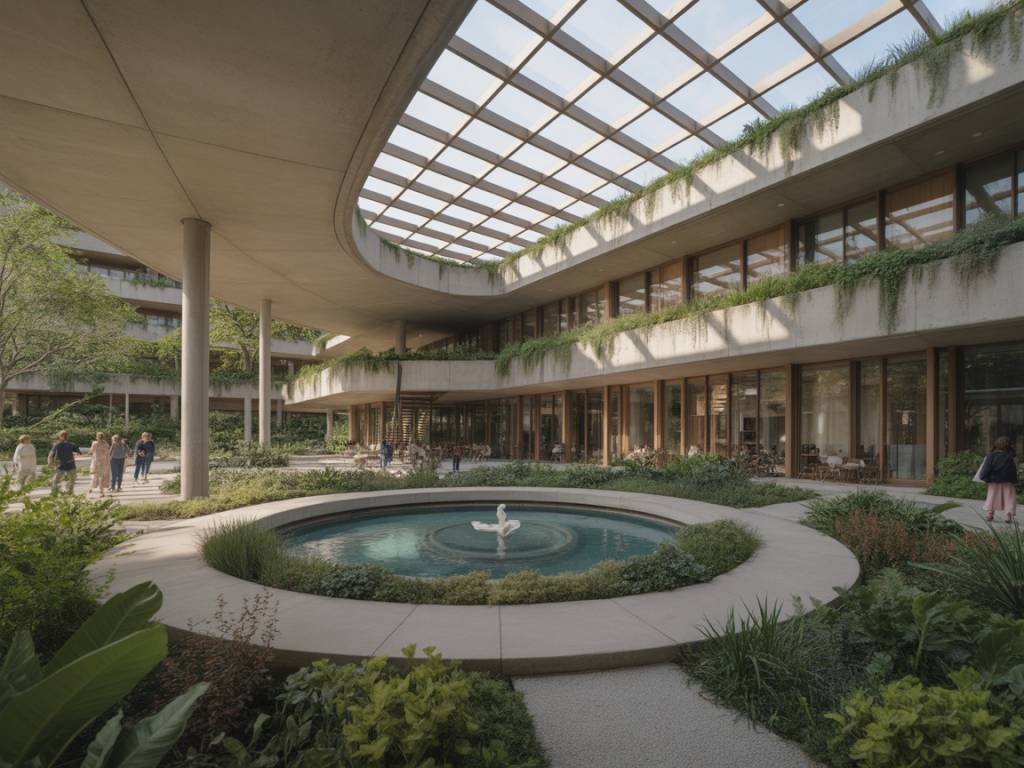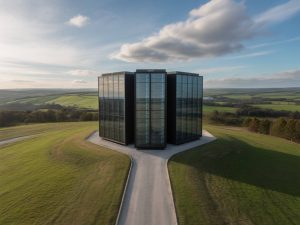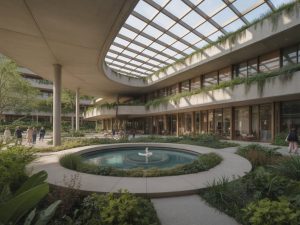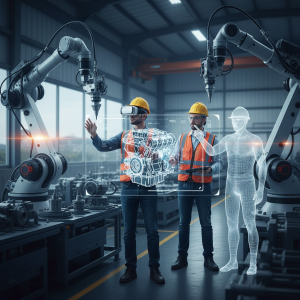Understanding Biophilic Design and Green Technology
In recent years, urban development has increasingly embraced a more sustainable approach to the built environment. Two major components of this transformation—biophilic design and green technology—are converging to form a new paradigm for sustainable living. Biophilic design focuses on incorporating elements of nature into our living spaces to improve wellbeing and environmental connectivity. Meanwhile, green technologies aim to reduce the environmental footprint of buildings through innovations in energy efficiency, renewable energy, and sustainable materials.
These concepts, though distinct in their origins, naturally complement one another. As climate change becomes a more pressing global issue and awareness of mental and physical health grows, the integration of biophilic principles with eco-friendly technologies is creating a more holistic approach to sustainable architecture and community planning.
What is Biophilic Design?
Biophilic design is rooted in the theory of biophilia, a term popularized by biologist Edward O. Wilson in the 1980s. It proposes that humans have an innate connection with nature and that this bond can significantly influence our productivity, creativity, and wellbeing. In the built environment, biophilic design encourages the incorporation of natural elements such as natural light, vegetation, water features, and organic materials into spaces we inhabit daily.
Biophilic design is characterized by:
- Natural lighting, ventilation, and access to outside views
- Green walls, rooftop gardens, and indoor plants
- The use of natural materials like wood, stone, and clay
- Colors, patterns, and textures that mimic natural ecosystems
- Water features such as fountains, ponds, and rain gardens
These elements do not only enhance aesthetic appeal but also contribute to psychological and physiological benefits including reduced stress, improved air quality, and enhanced cognitive function.
What Defines Green Technology in Building Design?
Green technology for buildings revolves around solutions that increase energy efficiency and minimize environmental impact. These technologies often involve renewable energy systems, smart building management systems, sustainable construction materials, and water conservation mechanisms.
Key components of green technology include:
- Solar panels and photovoltaic facades
- Geothermal heating and cooling systems
- Energy-efficient HVAC systems
- Rainwater harvesting and greywater recycling systems
- Advanced insulation and window glazing
- Smart sensors to monitor energy usage and indoor air quality
Green building certifications such as LEED (Leadership in Energy and Environmental Design) and BREEAM acknowledge the use of these technologies within sustainable architecture projects.
The Synergy Between Biophilic Design and Green Technology
Integrating biophilic design with green technology is more than a trend; it’s a strategic approach to crafting sustainable and health-centered environments. While biophilic design focuses on the human and aesthetic aspect of a space, green technology ensures that the building performs efficiently and responsibly within ecological limits.
For instance, photovoltaic panels can be installed on green roofs that also host native flora, promoting biodiversity and mitigating the urban heat island effect. Indoor environments can leverage smart HVAC systems in conjunction with natural ventilation systems enhanced by well-placed windows and reflective surfaces that guide daylight deep into buildings. In some cases, buildings use bio-based materials that are both low-impact and contribute to a more nature-connected indoor setting.
The integration brings about environmental, personal, and economic benefits, such as:
- Lower energy consumption and reduced greenhouse gas emissions
- Improved occupant health and productivity
- Increased property value and long-term return on investment
- Enhanced reputation for companies adopting green, wellness-focused spaces
Case Studies: Projects That Successfully Combine Both
Several prominent projects around the world illustrate the power of merging biophilic design with green technology.
The Edge (Amsterdam, Netherlands): Often cited as one of the greenest buildings globally, The Edge integrates smart building technologies with biophilic elements such as open atriums, natural materials, and abundant daylight. The building’s energy-neutral status is achieved through a combination of solar panels, advanced HVAC systems, and rainwater recycling.
One Central Park (Sydney, Australia): This mixed-use development combines vertical gardens designed by botanist Patrick Blanc with leading-edge environmental systems including tri-generation power and blackwater recycling. The extensive greenery not only reduces urban heat but also filters air and enhances the urban aesthetic
Amazon Spheres (Seattle, USA): These biodome structures serve as a workplace and community hub within Amazon’s headquarters, boasting over 40,000 plant species. Although primarily focused on biophilia, the Spheres integrate LED lighting, efficient climate control, and water irrigation technologies to maintain a sustainable operation.
Urban Planning and Community Integration
The merging of green technology and biophilic design extends beyond individual buildings into the realm of urban planning. Cities like Singapore have embedded this philosophy into public policy with initiatives such as the “City in a Garden” vision. Features like interconnected green corridors, living walls on high-rises, and solar-powered public infrastructure demonstrate how urban centers can thrive with green and biophilic integration.
Urban planners are increasingly prioritizing projects that simultaneously address biodiversity, energy conservation, social cohesion, and citizen wellbeing. New urban developments are considering:
- Public spaces with native landscaping and shaded walking routes
- District-wide geothermal and solar energy grids
- Green public transportation hubs
- Adaptive reuse of existing structures using reclaimed or bio-based materials
Challenges and Opportunities Ahead
Despite its numerous benefits, integrating biophilic design with green technology presents a set of challenges. Initial costs, inconsistent regulatory standards, and a lack of interdisciplinary expertise can often hamper progress. However, as demand for sustainable living environments grows, and as technological advances reduce system costs, the barriers are gradually diminishing.
The future offers exciting opportunities for innovation at the intersection of architecture, biology, engineering, and urban design. New materials that mimic natural behaviors, AI-driven smart buildings, and personalized environmental controls are rapidly evolving areas. Government incentives, coupled with consumer demand for healthier and more sustainable homes and workplaces, will only accelerate this transition.
Ultimately, the integration of biophilic design with green technology is more than a convergence of concepts—it’s a shift in values. It reflects a growing recognition that sustainability must address not just environmental metrics, but also the innate human need for connection with nature. As we build toward the future, these combined approaches provide a roadmap for more resilient, inspiring, and eco-conscious communities.






More Stories
Powering Data Centers Sustainably: The Role of Renewable Energy in the Digital Age
How virtual reality is transforming modern manufacturing processes
How wearable tech is promoting energy-conscious lifestyles